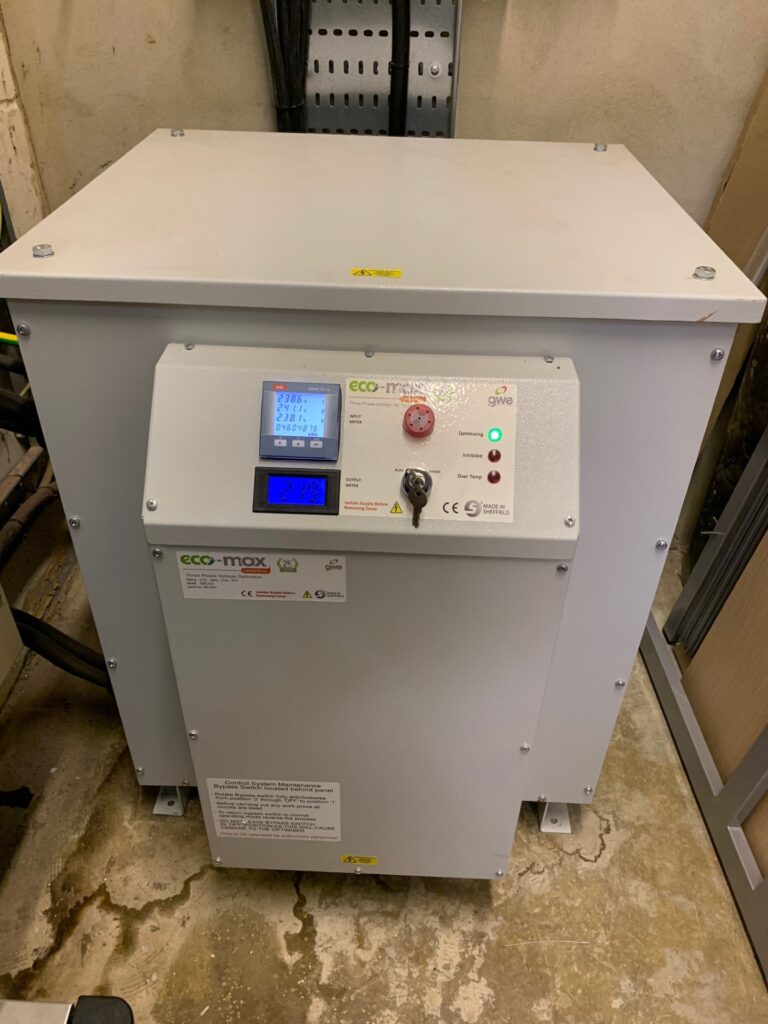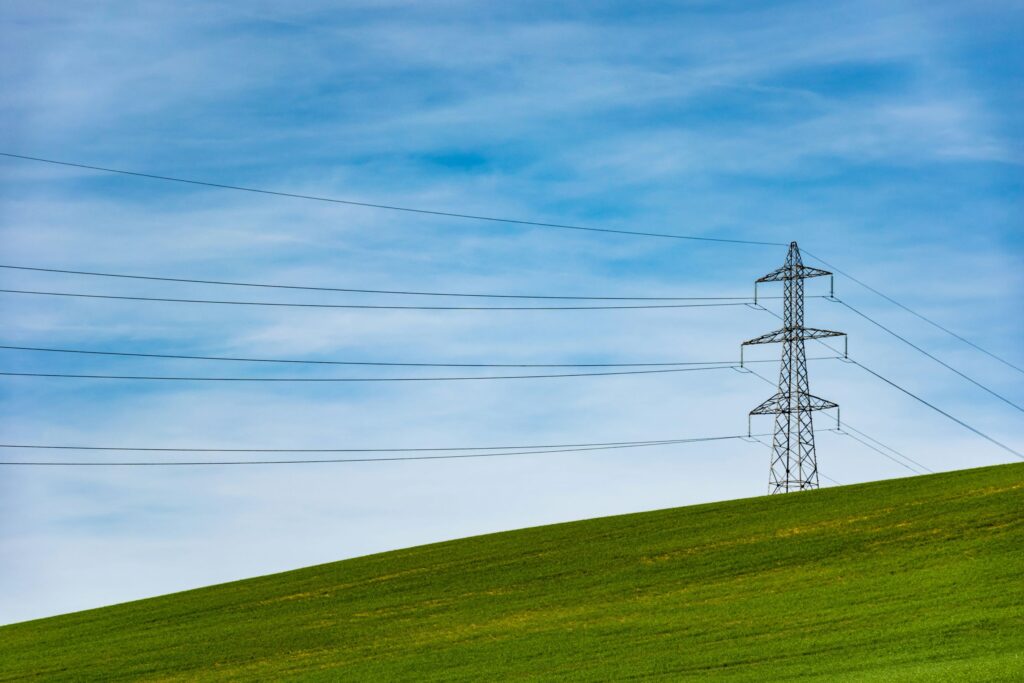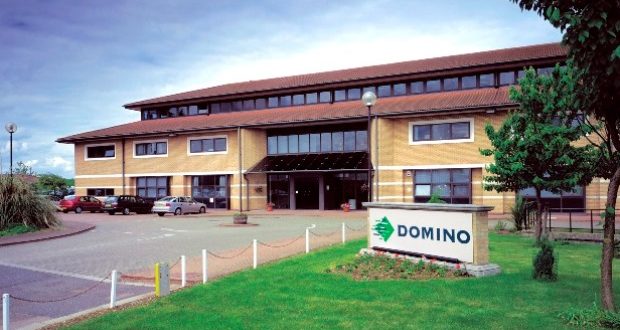
Can Voltage Optimisation Help My Businesses Carbon Footprint?
Wondering if voltage optimisation (VO) is a smart investment for your company? It’s often unclear how VO can impact your carbon footprint and energy costs. Our latest blog at Powerdown220 explores how VO can benefit your business and help the environment. Let our experts guide you through the advantages of this technology.





